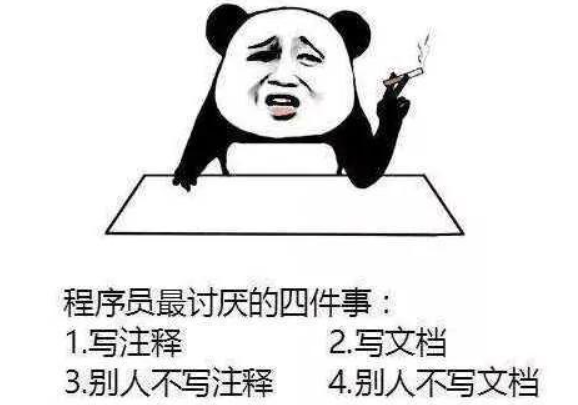在你提供的代码中,重写了 Element.prototype.setAttribute 方法,以便在设置某些属性(如 src、href 和 action)时进行一些自定义处理。这个方法会在修改这些属性时替换其值,并可能导致浏览器未能正确发起 HTTP 请求。
问题原因
重写 setAttribute 方法后,使用 JavaScript 直接修改这些属性的值可能不会触发浏览器原生的行为(例如请求加载图片或导航到新的 URL)。这是因为很多 HTML 元素的行为依赖于这些属性被“原生”地设置,而不是通过 setAttribute 方法。
解决方案
为了解决这个问题,可以尝试以下方法:
- 手动触发相关事件:
在设置完新的值后,手动触发相应的事件。例如,如果你是为
<img>标签更改src属性,你可以手动创建一个加载事件:
if (attr === "src" || attr === "href" || attr === "action") {
newValue = sdp_hookurl(value);
console.log("setAttribute url : ", value, " hook url : ", newValue);
// 对于 <img> 元素,重新加载图像
if (this.tagName.toLowerCase() === 'img' && attr === 'src') {
this.src = newValue; // 这将确保图像被加载
return; // 不再调用 originalSetAttribute
}
}
- 使用对象属性赋值:
当需要使用这种方式操作 DOM 元素时,可以直接使用对象的属性来设置,而不只是依赖于
setAttribute。比如:
this[attr] = newValue;
- 保持原有行为:
调用原始的
setAttribute后,还需要确保元素能够自行处理这些 URL,比如执行一次网络请求。可以考虑补充一个逻辑来检测并重载内容。
修改后的示例代码
(function() {
let originalSetAttribute = Element.prototype.setAttribute;
Element.prototype.setAttribute = function(attr, value) {
let newValue;
if(attr === "src" || attr === "href" || attr === "action") {
newValue = sdp_hookurl(value);
console.log("setAttribute url : ", value, " hook url : ", newValue);
// 使用对象属性赋值而非 setAttr
this[attr] = newValue;
// 如果是 img 标签,强制刷新一下 src 来触发请求
if (this.tagName.toLowerCase() === 'img' && attr === 'src') {
this.src = newValue;
}
return; // 阻止继续调用原始的方法以避免重复调用
}
return originalSetAttribute.call(this, attr, value); // 确保其他属性正常工作
};
})();
这样做将确保当你通过你的自定义逻辑设置 URL 时,浏览器能够识别并自动执行所需的 HTTP 请求。
内容由零声教学AI助手提供,问题来源于学员提问










![/data # iw --debug dev wlan0 connect -w "lucky-5g" auth open key 0:1234567890
Usage: iw [options] dev connect [-w] [] [] [auth open|shared] [key 0:abcde d:1:6162636465] [mfp:req/opt/no]
Join the network with ...](https://linuxcpp.0voice.com/zb_users/upload/2023/05/202305162239148267954.png)
![驱动代码
void kalRxTaskletSchedule(struct GLUE_INFO *pr)
{
static unsigned int num = 0;
tasklet_hi_schedule(&pr->rRxTask[(num++)%NR_CPUS]);
// tasklet_hi_schedule(&pr->rRxTask);
DBGLOG(HAL, ERROR,](https://linuxcpp.0voice.com/zb_users/upload/2023/05/202305162226144313964.png)







